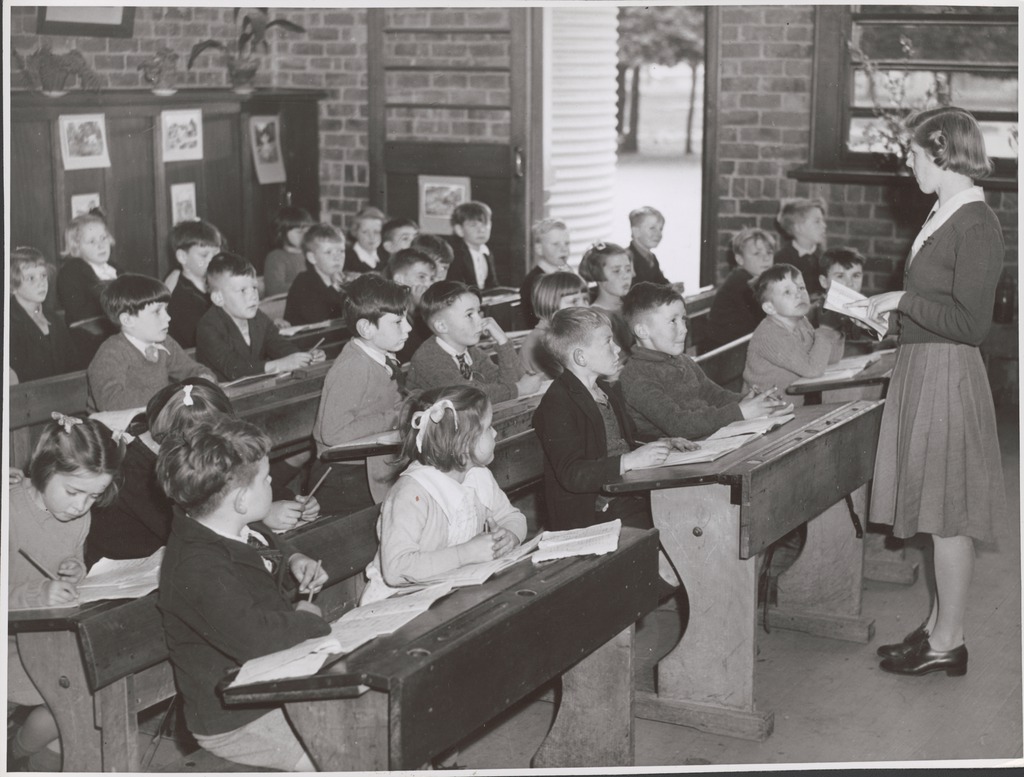
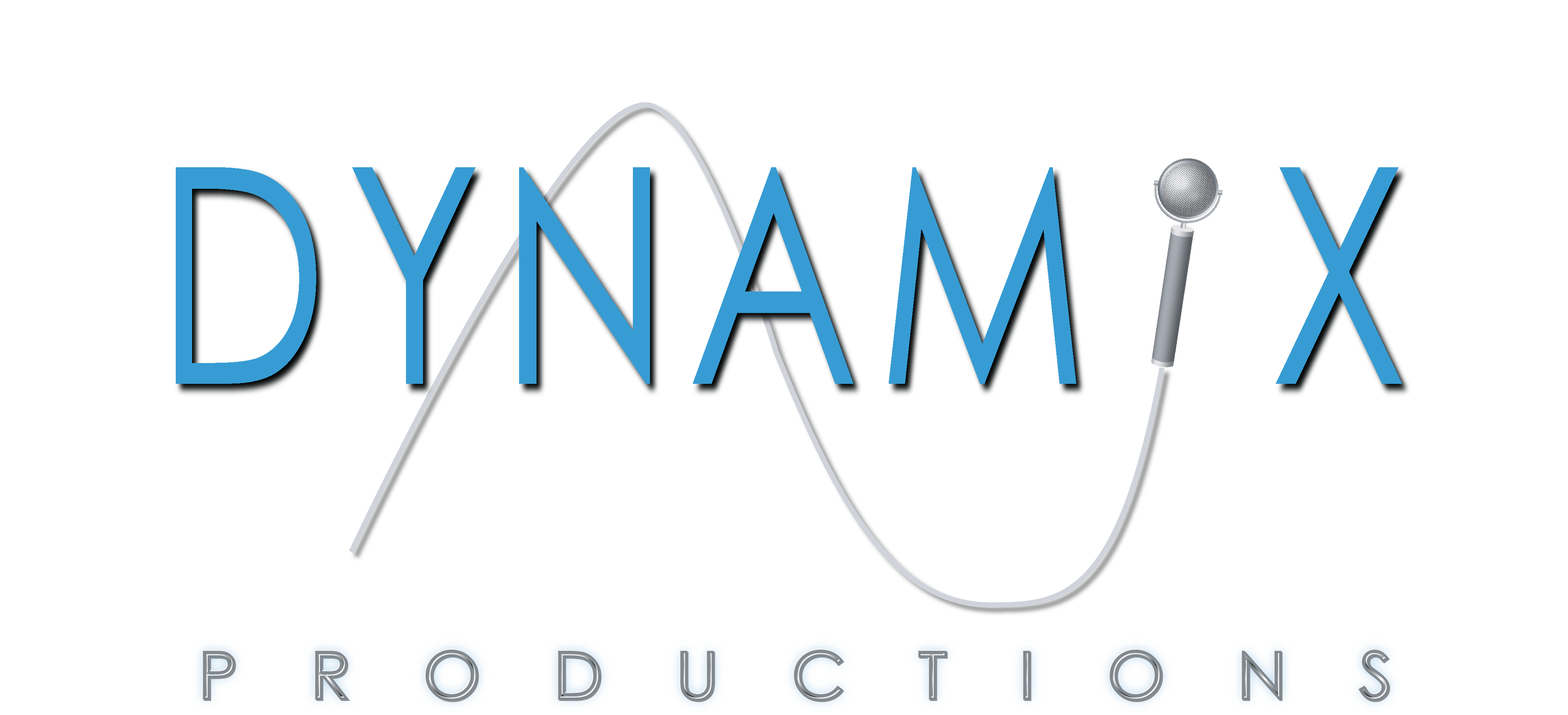
- © 2003 - 2025 Dynamix Productions, Inc. Contact Us 0



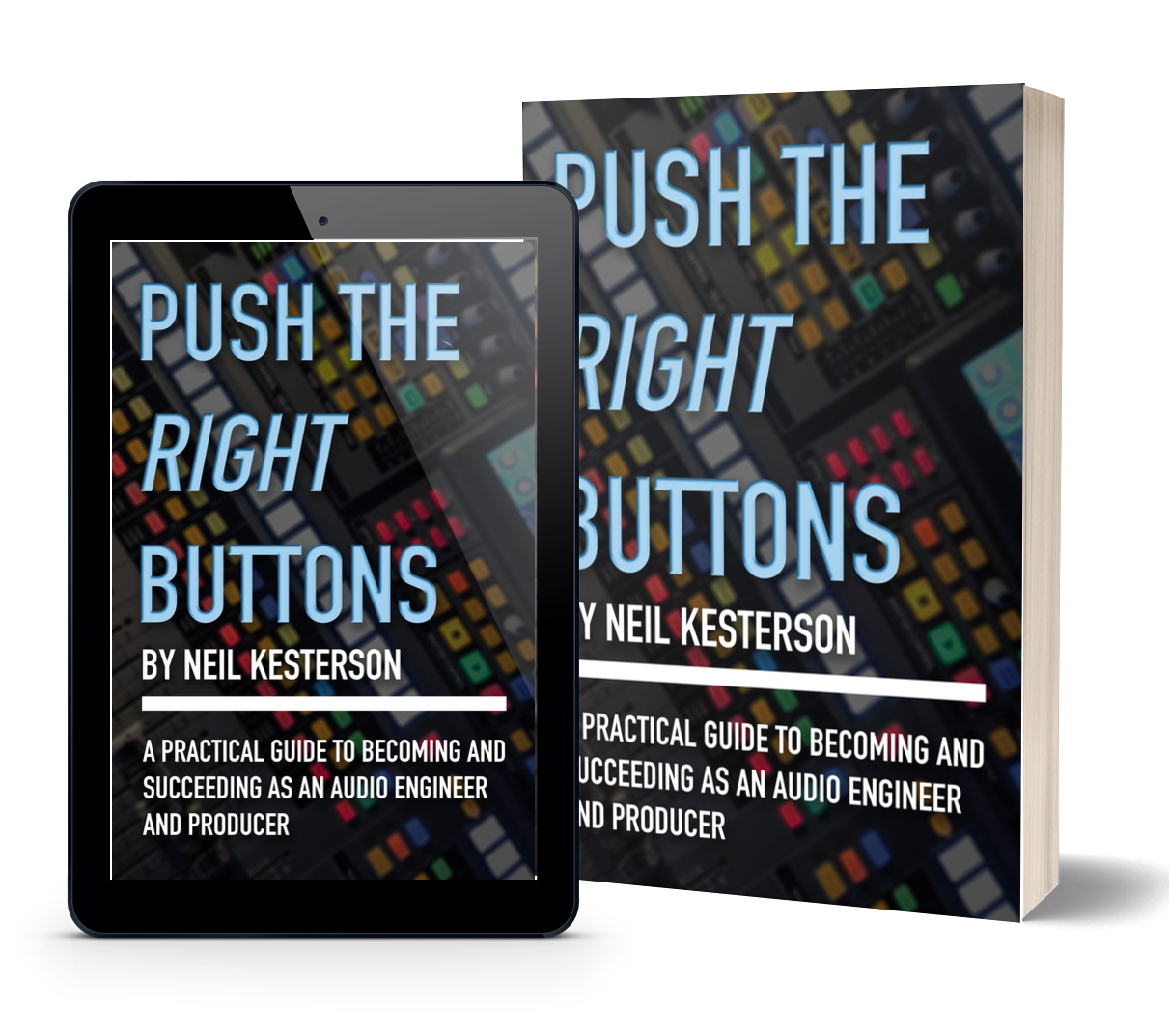
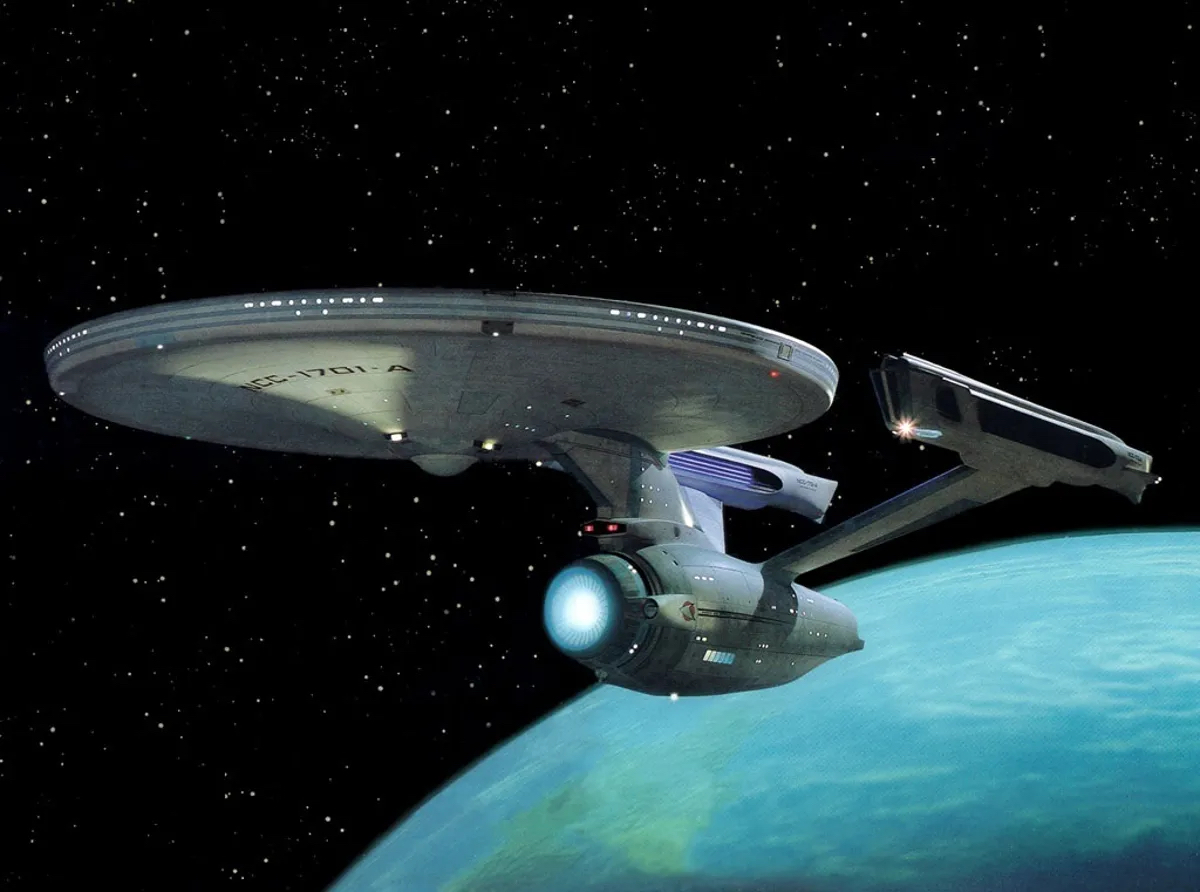
I'm a self-professed nerd and "Trekkie" so it's hard to contain my excitement with the current resurgence of Star Trek in our living rooms. My earliest memories of Star Trek are from the last season of the original series (that's TOS for you non-Star Trek nerds). During that slow march to the gallows, dimwitted network muckity-mucks sentenced Star Trek to their weakest time slot: Friday nights at 10 PM. The resulting low ratings provided the perfect excuse to torpedo the show they hated and misunderstood. But for a 7 year old who had seen 2001: A Space Odyssey and was witnessing the race to the moon, the move to Friday night was the opportunity to finally watch the show all the other nerds at school were talking about. It was a hard sell to convince my parents to let me stay up that late, but my science fiction loving Mom tipped the scales in my favor.
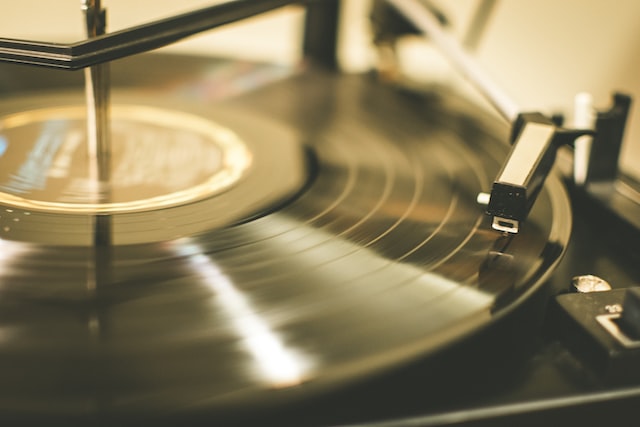
Arthur Haddy may not a household name, but his achievements are. Haddy is considered by many to be the "father of hi-fi." He may single-handedly be responsible for some of the greatest consumer audio advancements of the late 20th century: High-fidelity recordings, Stereo LPs, and Cassette Dolby noise reduction.
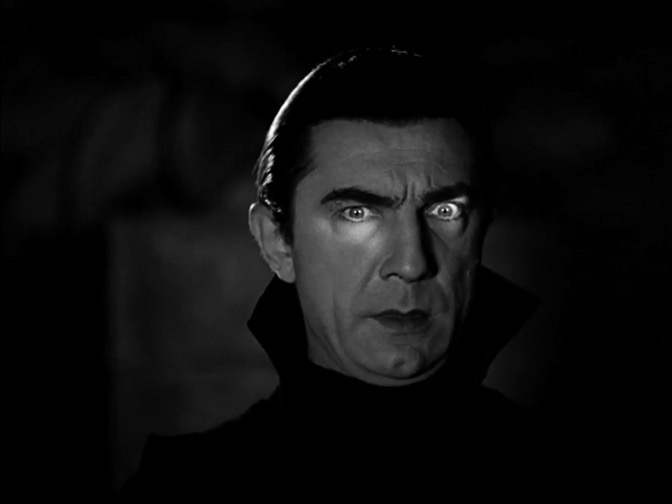

As terrible as war is, it often brings scientific discoveries to the masses in peacetime. One such discovery from World War II is the Sound Fixing and Ranging channel, or SOFAR channel for short. It's not a TV channel, but an ocean channel. In 1944, geophysicist Maurice Ewing discovered a hidden horizontal oceanic layer about 1,000 meters (3,300 feet) deep under the ocean's surface. It's sandwiched between warm, less salty and lighter upper waters, and cooler, more salty denser lower waters. What's unique about this layer is its ability to trap sound waves and channel them over vast distances.
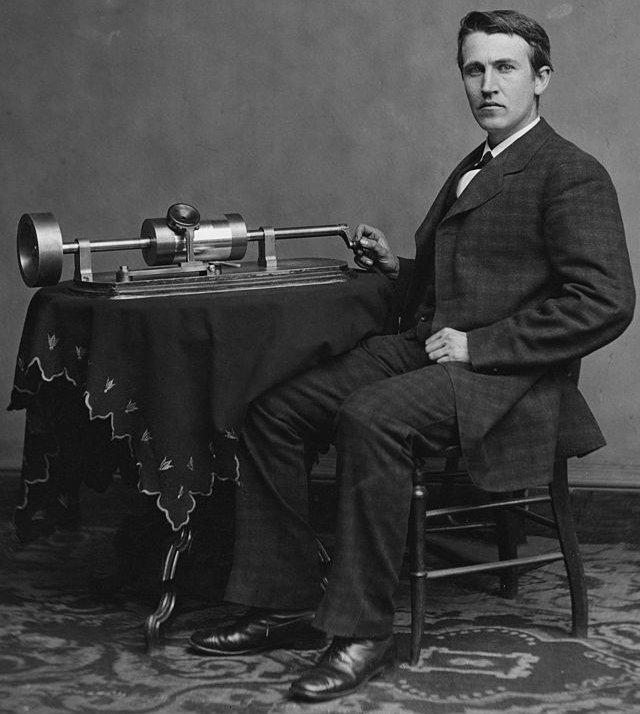
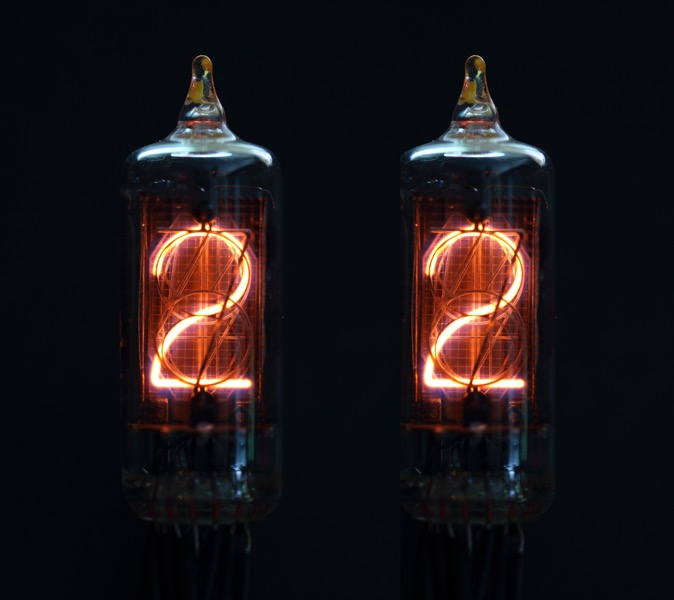
PART I
The year '22 ushers in an exciting new technology. Here's what has been said about it:
"The newspaper that comes through your walls."
"Anyone with common sense can readily grasp the elementary principles and begin receiving at once."
"It will become as necessary as transportation. It will be communication personalized. There will be no limit to its use."

"Ding-dong, ding-dong
Ding-dong, ding-dong
Hark how the bells
Sweet silver bells
All seem to say
Throw cares away"
Peter Wilhousky / Mykola Leontovich
This time of year can be joyous, especially for holiday music lovers. Christmas tunes flow out of stores and TV sets, and holiday concerts fill December's weekends. But one carol, "Carol of the Bells," may be based on a centuries-old doom and gloom song.

Mickey Mouse: Mr. Stokowski. Mr. Stokowski! Ha! My congratulations, sir.
Leopold Stokowski: Congratulations to you, Mickey.
Mickey Mouse: Gee, thanks. Well, so long. I'll be seein' ya!
Leopold Stokowski: Goodbye.
In 1940, before the world would be plunged into a half decade of devastating conflict, a larger-than-life cartoon creator teamed up with a wild-haired orchestra conductor and unleashed a fantastical film that would forever change the way we experience movies. The morning after the gala event at the Broadway Theater in New York City, The New York Times critic Bosley Crowther said, "The music comes not simply from the screen, but from everywhere; it is as if a hearer were in the midst of the music." Even with all the wondrous characters, vivid animation, and whimsical storytelling of this new film, it was the sound that stole the show.
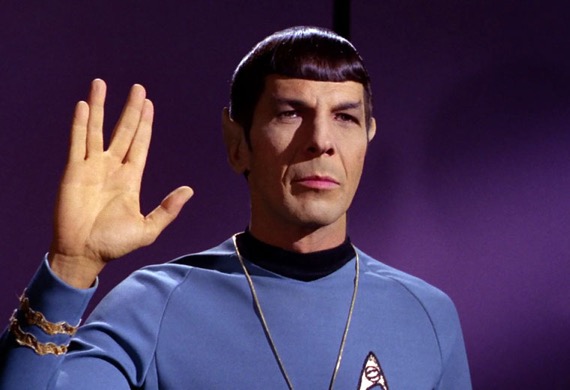
"There is no reason that function should not be beautiful. In fact beauty usually makes it more effective."
Spock
Function and beauty can coexist, especially in headphone design.

"If our condition were truly happy, we would not seek diversion from it in order to make ourselves happy."
Blaise Pascal
French mathematician, physicist, inventor, philosopher, writer and Catholic theologian
(1623-1662)
Are you working in a job that you love? Are you doing a skill that comes naturally to you? Can you imagine doing anything else? If you answered Yes, Yes, and...Yes, then you must be insanely happy. It could be healthy to daydream of doing something else, or even partake in different kinds of productive activities that are wildly different from your career. Studies of scientists have shown that the more varied their hobbies, activities, and other professional pursuits are, the more important and numerous their breakthroughs may be. Performing the same task over and over again becomes drudgery, no matter if you're a widget stamper in a factory or a recombinant DNA engineer in a lab. Our minds need diversion in order to focus when it's important.

"Music's always been at the heart of Apple. It's deep in our DNA. We've sold Macs to musicians since the beginning of Macs."
Tim Cook
Twenty years ago this month, Apple officially launched OS X. Apple finally had a legitimate PC killer that would kick the Mac vs. Windows debate into overdrive. In 2001, many studios and video editing companies were already using Macs as the foundation for their digital production systems when OS X dropped, but it literally changed the game.
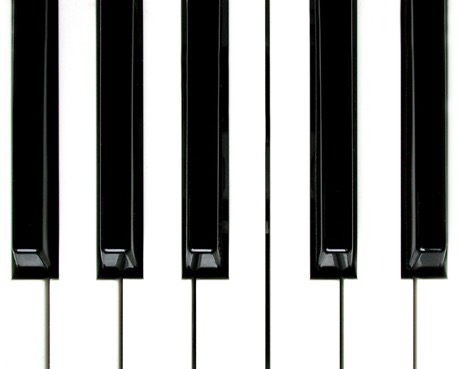
"Simplicity makes me happy."
Alicia Keys
Comedian Jim Gaffigan has a classic gut-busting routine about Hot Pockets. After expounding on the unsophistication of eating them, he envisions the meeting with the jingle writer:
Do love that jangle.
Do you think they worked hard on that song?
"What do you got so far, Bill?"
"Uh... uh... (sings) hot pocket?"
"Thats good, thats very good.
The jingle is almost as good as your "By Mennen"
Our daily life has us ingesting "jangles" and other ear worms that have become part of our subconscious. Maybe you've heard these simple sounds over and over again:
"Liberty, Liberty, Li-berty, Liberty"
"Nationwide is on your side"
"Double-A, TOOT-TOOT, M C O"
These sounds are almost as familiar as a logo like the Facebook F, the Micheline Tire man, or the Disney mouse ears. These are all trademarked logos and visual advertising devices. Sounds can also be trademarked as well.
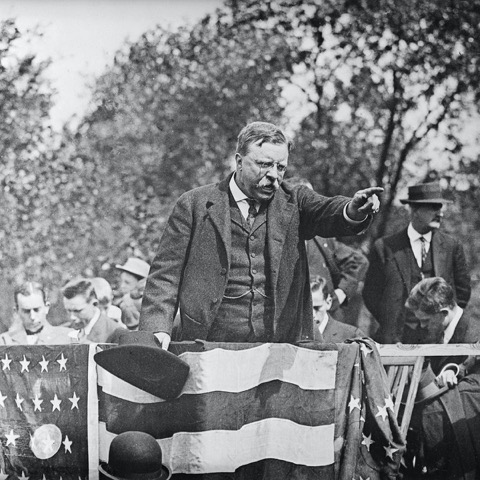
"Well-timed silence hath more eloquence than speech."
Martin Farquhar Tupper
For the first century of our nation's existence, a very select few ever heard their president speak. 130 years ago, technology changed that.
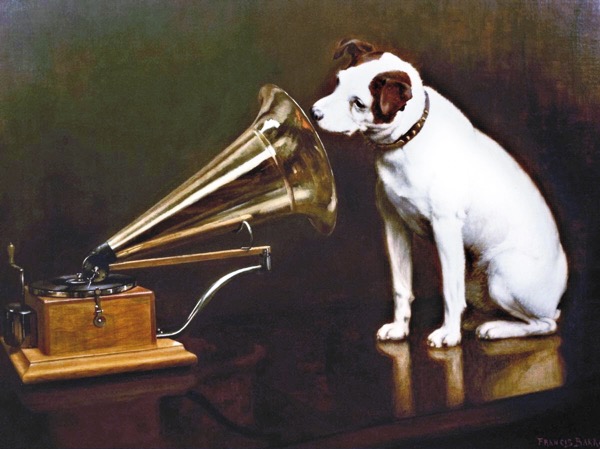
"It is easily overlooked that what is now called vintage was once brand new."
Tony Visconti
Which name will stick to a new technology? It's usually not the one given to it by the inventor.
Read More...
- Lt. Werner: What's going on? Why are we diving?
- 2nd Lieutenant: Hydrophone check. At sea, even in a storm you can hear more down here than you can see up there.”
Das Boot
In the near future, submarines might be using sound waves to communicate through ocean waves. Intriguing, but let's first look at the history of how submarines communicate, problems they face, and why this emerging technology may be the new wave of submerged communications.

"Call me a relic, call me what you will
Say I'm old-fashioned, say I'm over the hill
Today' music ain't got the same soul
I like that old time rock 'n' roll."
Bob Seger
Digital media is doomed to disappear at some point. Records may outlast hard drives, CDs, tapes, and other formats we haven't dreamt up yet. But what about stone tablets? I take a look at some of the oldest surviving forms of written music. You might be surprised what some of them contain.

"I got a chain letter by fax. It's very simple. You just fax a dollar bill to everybody on the list."
Steven Wright
William G.H. Finch had a crazy idea. He liked efficiency, and he liked news. He imagined a future that would merge those together for the average American. Americans like Joe and Jane. When they woke up in the morning, this crazy idea goes, a box in their parlor had just printed out the latest news onto paper with stories and pictures, ready to be poured over while eating their breakfast. Wait – that kinda sounds like the here and now. What's crazy is that this brainchild was born in 1933.

"Well, folks, now we've got free baseball!"
Baseball announcer Skip Caray whenever a game went into extra innings
We're so used to living in a litigious society that when someone says "free," But now there are two exciting web sites for music lovers to explore that are...wait for it...free!
Read More...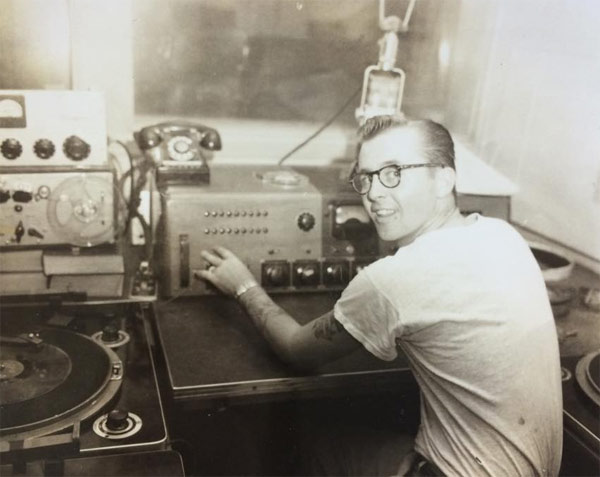
"In radio, you have two tools. Sound and silence."
Ira Glass
As the world holes up in their houses during this coronavirus, as we absorb media like never before, as we listen to the news coming out of our television and radio speakers, we see and hear just how serious most of us are taking this. Journalists are broadcasting from their backyards, their sources are interviewed over Skype or Zoom, and the news now looks and sounds less-than-polished. It's like Sunday afternoons on FaceTime with the family three states away. These are the choices we are having to make these days: quality of content over quality of sound and video. But we don't know how good we got it.

In feature films the director is God; in documentary films God is the director.
Alfred Hitchcock
Should documentary sound be real? Manipulated? Fake? We dig into the controversy.
Read More...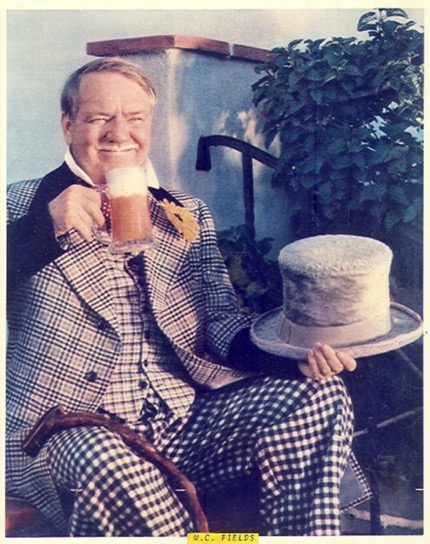
"Once, during Prohibition, I was forced to live for days on nothing but food and water."
W. C. Fields
100 years ago, a restrictive law popularized a new American art form. PLUS, find out what's been going on in the studios of Dynamix Productions.
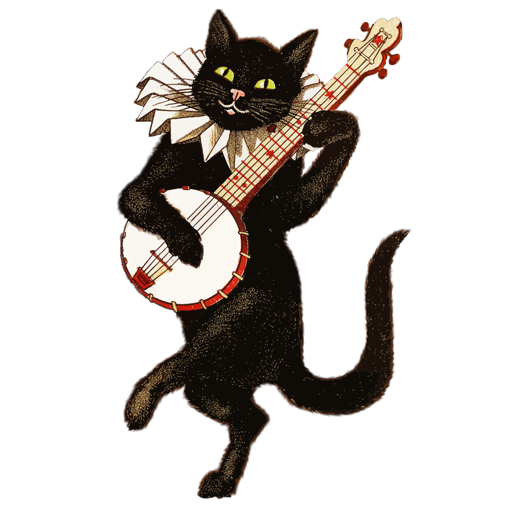
"I got rhythm, I got music, I got my man
who could ask for anything more?"
George and Ira Gershwin
Do animals have rhythm?
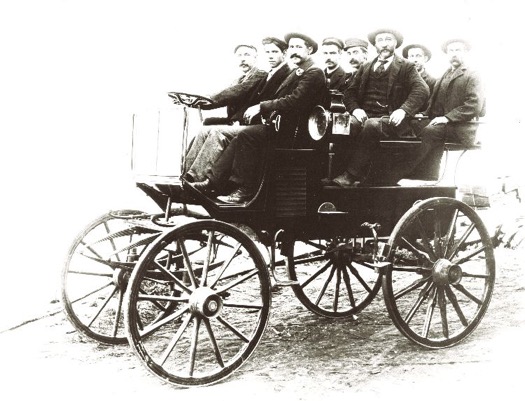
"These fellows blow their horns just to see the people jump, I believe."
Chicago Mayor Carter Harrison, 1902
At the turn of last century, the automobile was poised to overtake the horse as the preferred mode of personal transportation. But there were detractors to the coming sea change. Much as we see driverless cars as a potential danger today, "horseless carriage" opponents saw the drivers themselves as dangerous.
Read More...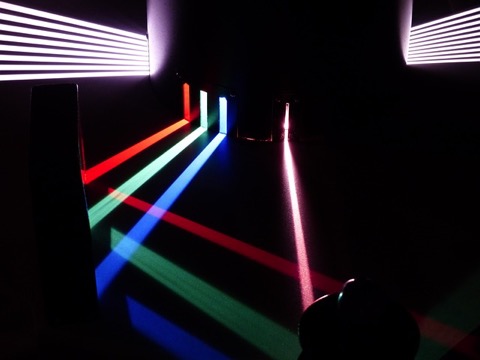
"All that's to come
and everything under
the sun is in tune
but the sun
is eclipsed by the moon."
Roger Waters
from "Eclipse" on the 1973 LP release "Dark Side of the Moon"
For generations, humans have been trying to link sound and light together. We have succeeded.
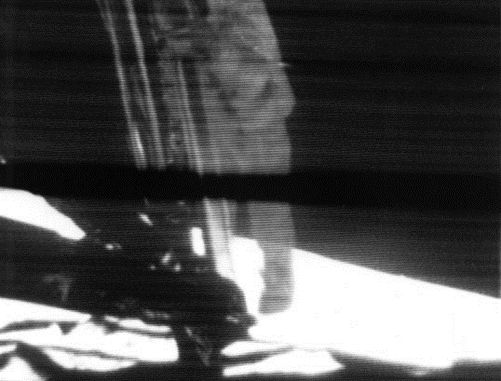
"It's an interesting place to be. I recommend it."
Astronaut Neil Armstrong commenting about the moon
Every time I hear the timeless phrase Neil Armstrong uttered while stepping on the moon, I can't help but remember the first time I heard it. It was 50 years ago at about 11:00 PM on July 20, 1969. I was eight-years-old and had fallen asleep waiting for them to get out of their strange looking space craft. So, rubbing my sleep filled eyes, I watched a white Gumby-like figure bounce down a ladder and onto the surface of another world. Then Armstrong delivered what is probably the shortest, yet most famous speech in all of human history, "That's one small step for man...." We strained not only to see him, but to hear him. "One giant leap for," he continued, "m_-_//_ _nd." What? There was static at the end covering the last word. What did he say?

"Radio is a hungry monster that eats very fast."
Tyler Joseph
Everything today seems to be sped up. We speed to work, we speed to pick up the kids, we speed home, we speed around the kitchen, we speed watch TV, we speed listen to podcasts, we speed, speed, speed...then we speed sleep so we can get up and do it all over again. And as if on cue, much of what we watch and listen to is also sped up.

"It was easier just to say it out on a tape than trying to write it because it will take a lot of writing paper in order to get it straight."
Private First Class Frank A. Kowalczyk
Long Binh Post, Vietnam, 1969
Back when it was expensive, or impossible, to call someone long distance, friends and family members would send messages on records and tapes to each other through the mail. Not only was it more affordable, it was a more personal way to stay in touch with each other and have some fun doing it. When I digitize some of these audio letters for customers, and feel like I'm transported back in time that a way that a letter can't take me.
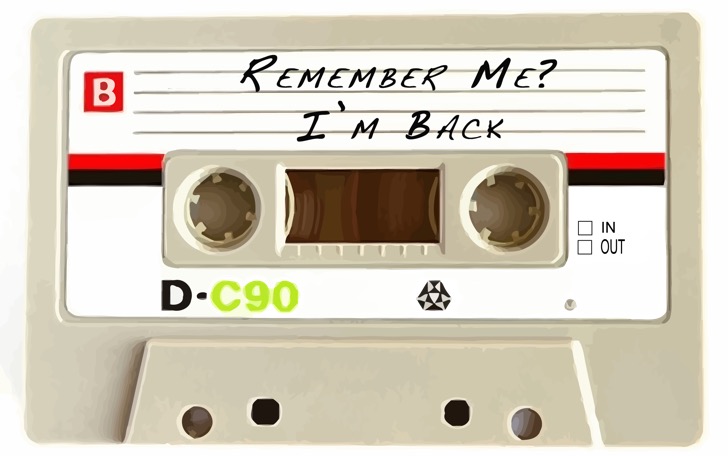
"Nostalgia is not what it used to be."
Simone Signoret
Record stores all over America will be opening their doors on April 13th for National Record Store Day. But cassettes are sneaking in through the back. These portable petite plastic packs from the past now have their own Cassette Store Day each year in October, and they're winning over some fans that also shop for vinyl. In fact, annual sales of music cassettes were up 23% in 2018, and 70% since 2016. Artists and studios are rethinking this ancient format and not only re-releasing albums popular during cassette's halcyon days, but new music as well. What's with the retro rewind?
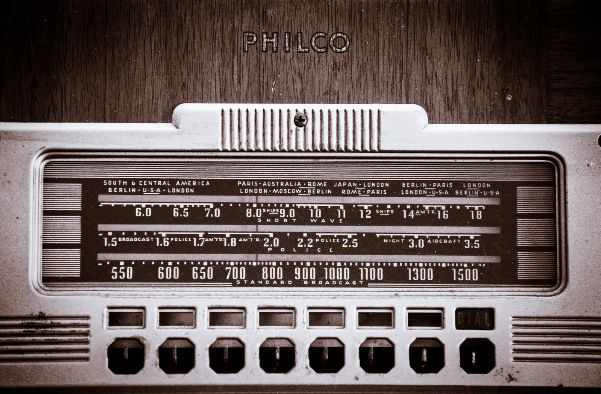
"TV gives everyone an image, but radio gives birth to a million images in a million brains."
Peggy Nooman
The recent presidential elections in Nigeria and Senegal stirred fond memories of my childhood. Specifically the "sounds" of Africa I remember growing up with. I haven't had the good fortune to go to Africa, but I've listened to it from afar. In the 1960s and 70s, radio was perhaps at its peak. AM radio stations played the hits, FM radio played the albums, and CB radios were in kitchens and cars. A lot of homes also had a shortwave radio. Today it's the internet that ties us all together. Back then, CBs connected us with our friends, AM and FM connected us with the country, and shortwave connected us with the world.

My favorite saying is, 'If it's too loud, turn it up.'
Tori Amos
You often hear the phrase "The shot heard 'round the world," referring to the first shot fired of the American Revolution in Lexington, Massachusetts. Or for us baseball fans, Bobby Thompson's dramatic game-winning home run when the New York Giants beat the Brooklyn Dodgers for a trip to the 1951 World Series. Both of these pale in comparison to the 1883 explosion of the Krakatoa volcano. Dubbed as the loudest sound in history, it was also the farthest traveled.

10:40 p.m. “I got about 2,000 college students coming from Walnut Street to 30th to Center City.”
10:46 p.m. “It’s endless, chief. Endless.”
11:11 p.m. “They’re on top of trash trucks. There is to be no one on top of trash trucks, guys.”
11:14 p.m. “We have multiple people on Broad Street swinging on light poles.”
11:20 p.m. “Climbing the trash trucks at 13th and Market.”
11:25 p.m. “I need to get the fire extinguisher out of my trunk. I got a fire on Broad Street just south of South. Someone lit a Christmas tree on fire.”
Philadelphia Police radio transcripts after the Eagles won the 2018 Super Bowl
Do you remember the old movies from the 1930s when a radio in a police car would blare out "Calling all cars! Calling all cars!" The diligent policemen would zoom away in their car with the siren screaming. The dispatcher had no idea if the radio cars heard the frantic call because two-way radios were uncommon and expensive. So from the late 1920s until after World War II, most police departments relied on their cruisers having radio receivers only. Today, police use digital radio systems that carry data, video, and other information.
"I bought a Dutch barge and turned it into a recording studio. My plan was to go to Paris and record rolling down the Seine."
Pete Townshend, The Who
I'm conflicted on the topic of recording music at home. The business part of me frets about studios losing out on billable hours. The musician part of me relishes creating art in a non-pressure environment. But the history of artists recording radio-ready songs in their humble abodes goes back further than you might imagine. Let's explore how affordable home music recording for the masses came to be, but also look back at the origins of this revolution in recording.

"Hostilities will cease along the whole front from 11 November at 11 o'clock."
Marshal Foch, the French commander of the Allied forces via radio atop the Eiffel Tower.
This week marks 100 years since the end of the war to end all wars, known today as World War One. In 1918, on the 11th hour, on the 11th day of the 11th month, 1,500 days of fighting came to an end. The armistice was agreed upon just six hours earlier in a railway car halfway between Paris and the Western Front. What's remarkable is the speed at which most troops were informed of the impending armistice. This war, like in so many other ways, forever changed the world of communication.
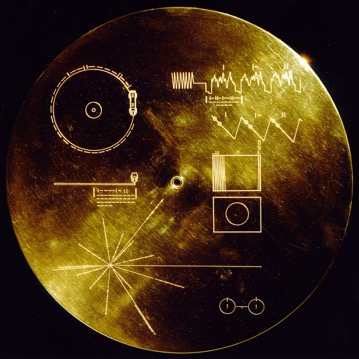
"Hello from the children of Planet Earth"
From the gold records aboard the twin Voyager spacecraft
Vinyl is the format that won't die. It'll probably still be around after humans are extinct and our sun has gone supernova. Perhaps in eons, Voyager spacecraft with the golden records aboard will meet distant stars and future vinyl lovers. But in this eon, people will not stop pushing vinyl to its limits. Mad scientists and crazy artists like putting something other than music on it - or in it. More on that later.
Read More...
"Treat the recording studio as a laboratory for conceptual thinking — rather than as a mere tool."
Brian Eno
When I was young in the...cough...60s and 70s, the only real glimpses I got inside a recording studio was through television and movies. There was a smattering of documentaries and behind-the-scenes footage of studios and radio stations. I was always straining to see the control board and tape machines, or marveling at the cavernous studio on the other side of the glass. It was absolutely riveting to peek inside them and see how a record was made. The 8-foot long mixing console was often shot through a fisheye lens. Long-haired musicians were sunk down into a couch smoking cigarettes (?) and listening to their masterpiece. And there were close-up shots of that big fat 2-inch tape rolling past the heads of the recorder.

“The only real way to disarm your enemy is to listen to them.”
Amaryllis Fox
Writer, peace activist, former CIA Clandestine Service officer
Eavesdropping on the enemy in times of war can be essential to victory. During World War Two, a tucked away family farm in New England would save thousands of lives while being a key to Allied victories over Germany and Japan.
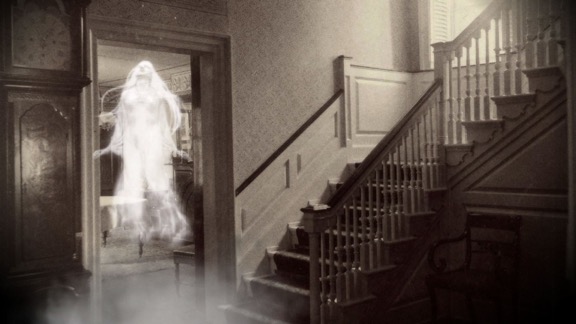
"I have been at work for some time building an apparatus to see if it is possible for personalities which have left this earth to communicate with us."
Thomas Edison, 1920
What if you nonchalantly recorded something around your house, let's say a music practice session. Then when you played it back, you clearly hear someone whispering. You didn't hear it when you recorded it, so what was it? Many unfamiliar sounds throughout history can be attributed to nature, machinery, and even hoaxes. As our post-industrial society grows, so does the list of unexplained sounds, like trumpet sounds from the sky, humming cities, and ocean whistles. The proliferation of audio and video technology has generated its own tally of the strange. Specifically, weird voices that have been inadvertently and unknowingly captured. These recordings and transmissions sound eerie but have a very unsexy-sounding name: "Electronic Voice Phenomenon," or EVP.
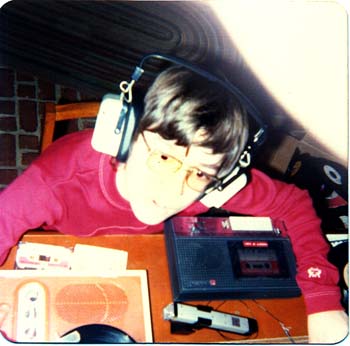
"I will never be an old man. To me, old age is always 15 years older than I am."
Francis Bacon
Dynamix turns fifteen years old this month. Well technically sixteen, because I incorporated a year earlier and did small jobs out of my basement until I could step out on my own. When I did, I couldn't have timed it better.
Read More...
"Cooking is like music: you can tell when someone puts love into it.”
Taylor Hicks
The transition from mono to stereo music recordings in the late 1950s had its challenges. Find out how Rudy Van Gelder and other recording engineers worked out the details.
Read More...
"I used to judge the quality of music by whether I could make a 90-minute cassette and not repeat any artists."
John Hughes
What? Another old audio format is making a comeback? Yessiree! If you want to be hip, then dust off your old Sony Walkman. But like me, you've probably dumped all your old cassettes along with your floppy disks and Trivial Pursuit. These days, my pocket can carry the same amount of music that drawers and drawers of cassettes can.
Read More...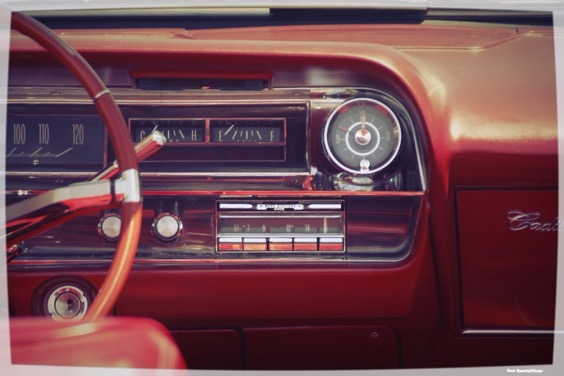
"I hate modern car radios. In my car, I don't even have a push-button radio. It's just got a dial and two knobs. Just AM."
Chris Isaak
Maybe you haven't noticed, but AM radio has pretty much sucked the last twenty years or so. Maybe you didn't notice because you weren't listening. A lot of people aren't, and the FCC is out to change that. The FCC? You bet – this isn't your father's FCC. We're so used to hearing "FCC" and "restrictions" in the same breath, that broadcasters were pleasantly surprised last October when the FCC announced an "AM Revitalization" initiative.
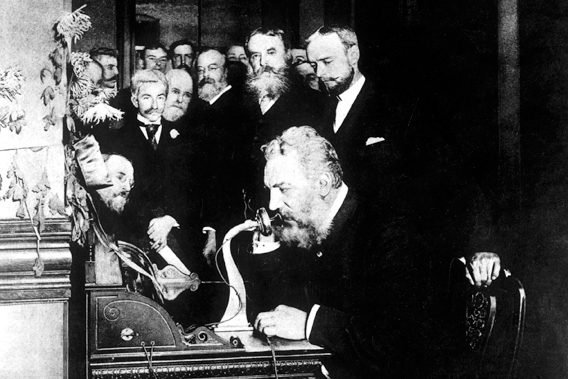
"Before anything else, preparation is the key to success."
Alexander Graham Bell
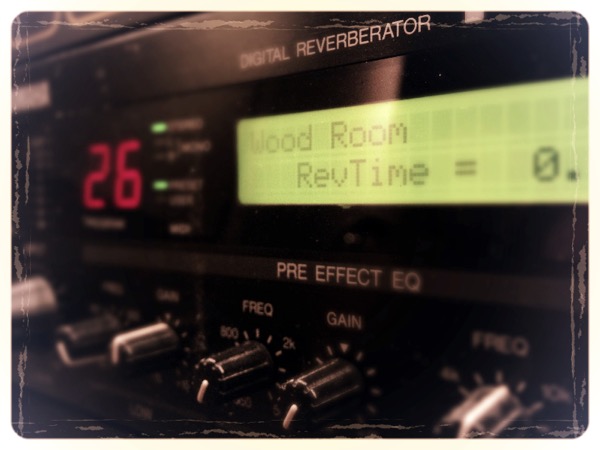
"Any effects created before 1975 were done with either tape or echo chambers or some kind of acoustic treatment. No magic black boxes!"
Alan Parsons
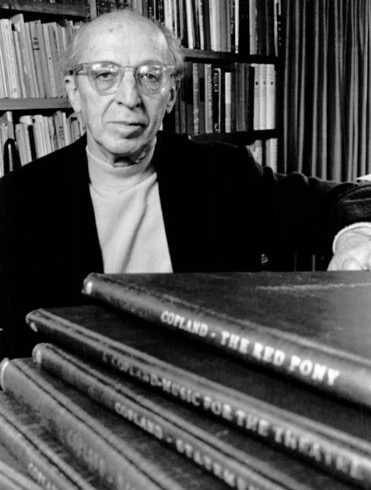
Aaron Copland, 1970
WIth the recent news that the Library of Congress is inducting 25 entries into the Library of Congress National Recording Registry, I was excited to see U2, Linda Ronstadt, and Isaac Hayes get their due. Perusing the list, I saw a very influential (at least personally) album - Copland Conducts Copland: Appalachian Spring (1974).
I was a music major in college and always found Aaron Copland to be the quintessential American composer. He seemed to capture what Americans idolize about America: hope, boldness, charm, intrepidness, looking forward but not forgetting the past.
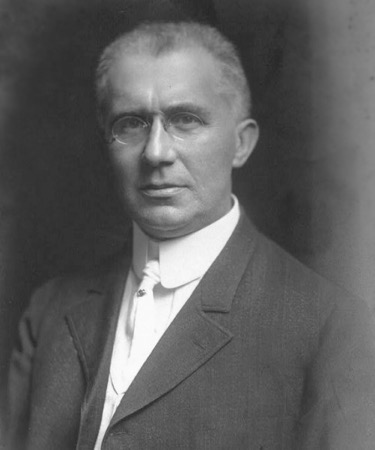
Emile Berliner
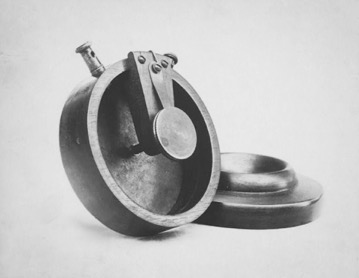
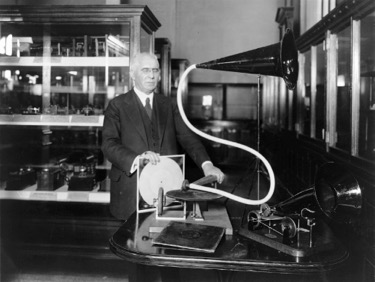
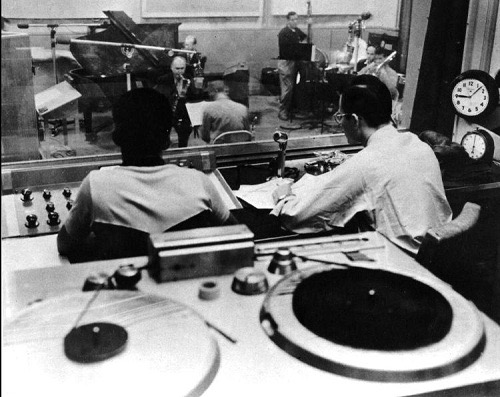
Analog rules!
When commercial radio really took off in the 1920's and 30's, it was fueled by advances in recording. You could even say that each drove the other. Early music recordings were mostly documents of what was already being played to live audiences - classical, early jazz, folk, etc. As bands got bigger and louder, the music got more exciting. Dixieland was new, records were all the rage, and radio was just beginning to transport the new sounds across the country, just like the transcontinental railway brought the ideas of the gilded age to America a half-century earlier.
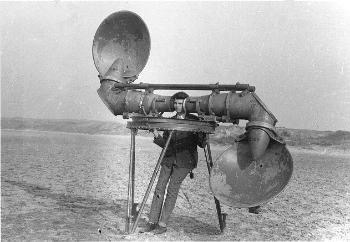
The quest to create a 3D visual experience has revved up, sputtered, and stalled for almost a century. But the journey for a 3D experience in sound has steadily evolved for more than eight decades. The early 1930's saw the first experimentation with stereo, and the first feature film to be released in stereo was Disney's Fantasia, in 1940. Ray Dolby introduced the revolutionary and practical Dolby Surround to movie theaters in the 1970's (4 channels: left-center-right-back). The movie-goer was now immersed in sound from several directions. But when they went home, they were limited to a cheap monaural $3 speaker in their television set.
In the 1980's, television stations began broadcasting in stereo, and by the 90's in surround (still only 4-channels). For the average consumer however, having surround sound in the home was costly and reserved for audiophiles. But the new millennium brought maturity of speaker designs that allowed big sound from small boxes. Digital broke down the analog barriers to permit 6, 7, 8 and even 11 channels of surround sound.
Now more than ever, surround sound is accessible to everyone. A show of hands for everybody out there that has surround sound in their homes. I would bet that most of you didn't have it twenty years ago. It's so prevalent today, that it only makes sense to take advantage of it.
One of our services at Dynamix is surround sound. Our control room is set up to mix and deliver up to 5.1 surround. Should you do your next project in surround? It depends on the project and the listener's environment. The chart below offers a quick comparison of suggested final audio formats:
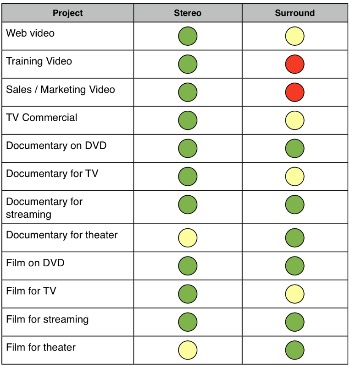
Some notes on the chart above: